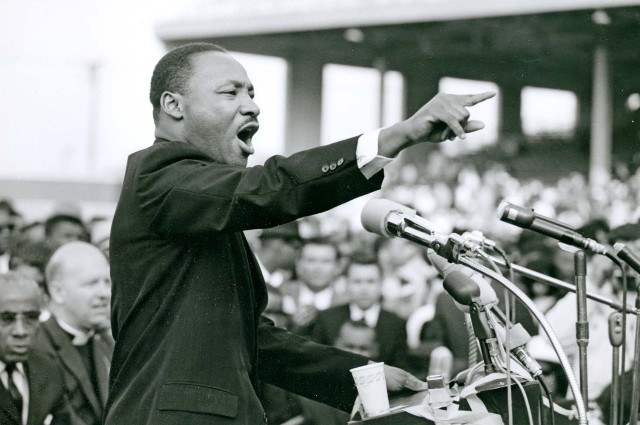On April 4, 1968, the world was shaken by the tragic assassin*tion of Martin Luther King Jr. in Memphis, Tennessee. King, an influential civil rights leader and advocate of nonv*olent protest, was shot and k*lled by James Earl Ray while he was standing on the balcony of the Lorraine Motel.
The assassination had a profound impact on the United States and the world as King was a leading figure in the civil rights movement. In the aftermath of his death, the country was rocked by riots and protests, and a period of national mourning ensued.
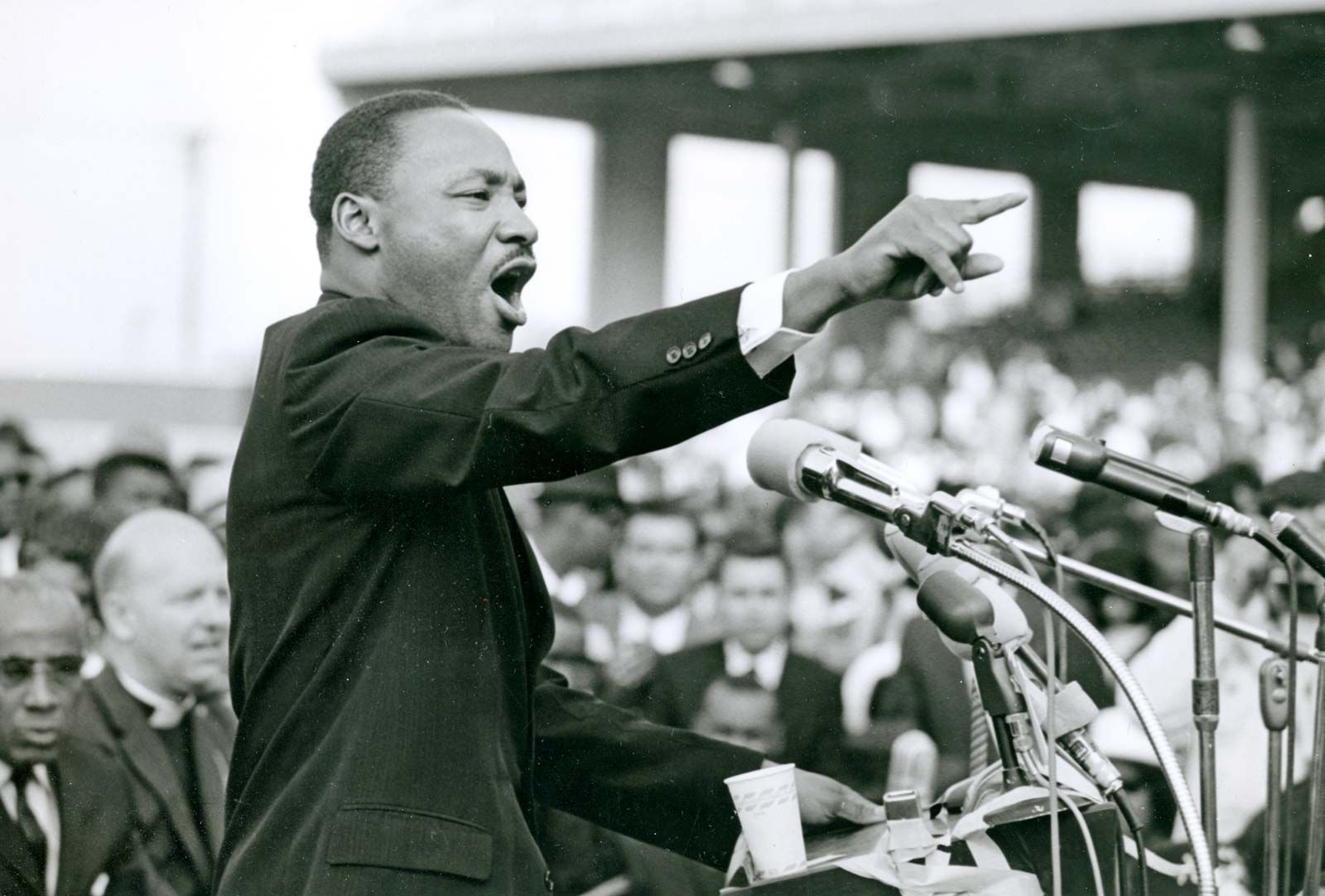
An investigation into the assass*nation was launched, which ultimately identified James Earl Ray as the prime suspect. Ray was later captured in London and extradited to the United States. Eventually, he pleaded guilty to the crime and was sentenced to 99 years in prison.
Although James Earl Ray was convicted of the assass*nation of Martin Luther King Jr., numerous conspiracy theories still surround the tragic event. Despite ongoing debates over whether Ray acted alone or as part of a larger plot, it is widely recognized that King’s death was a great loss to the civil rights movement and to the world as a whole.
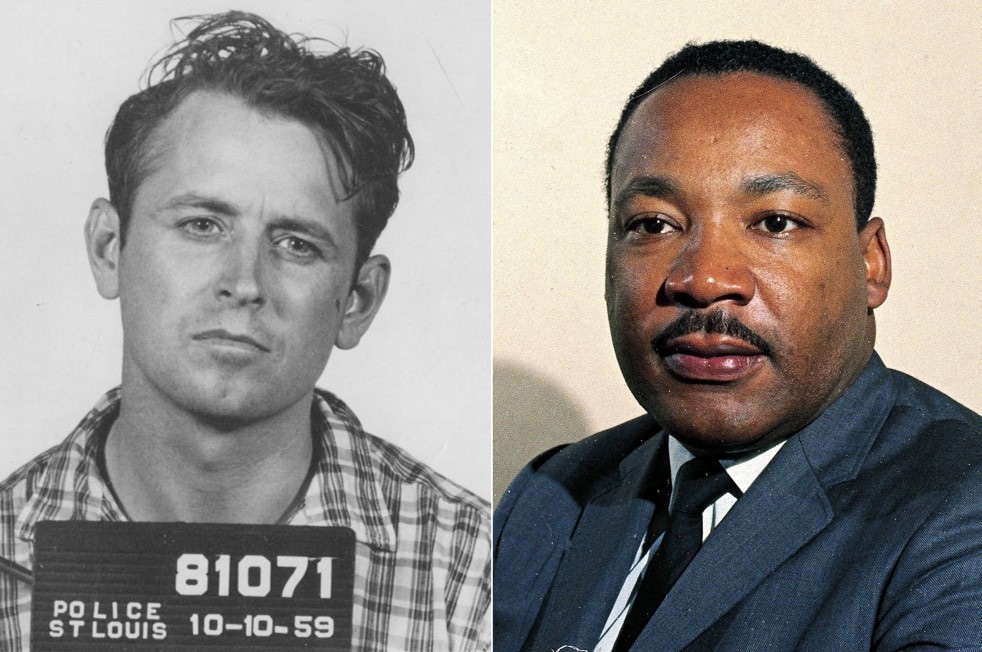
Martin Luther King Jr. was a remarkable leader whose powerful voice inspired his followers to take action. He remains one of the most influential African-American figures of his generation and beyond. This narrative recounts his life, ministry, personal achievements, his assass*nation, and the aftermath of his passing.
King was born on January 15, 1929, to Martin Luther King Sr. and Alberta Williams King on Auburn Avenue in Atlanta, USA. He had an older sister named Willie Christine and a younger brother named Alfred Daniel Williams King. As a young boy, he was affectionately known as M.L. His father was the pastor of the Ebenezer Baptist Church and president of the National Association for the Advancement of Colored People (NAACP), while his mother was a devout woman with a deep commitment to the Christian faith.
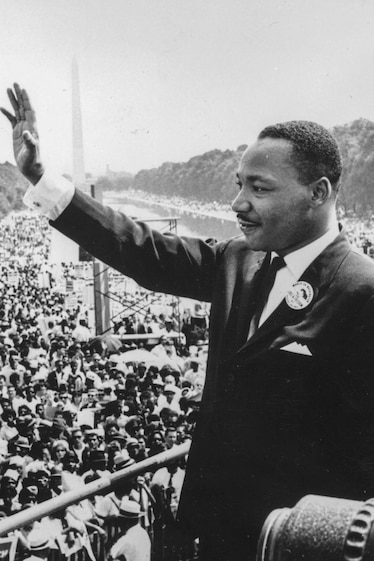
Martin Luther King Jr.’s upbringing was shaped by his parents’ contrasting personalities – his father’s courage and his mother’s gentle demeanor. He was raised in a society rife with racism and segregation, which initially fueled his resentment towards White people. However, he would later undergo transformative experiences that changed his perspective on race.
Despite the challenging circumstances, King’s childhood was one of love and comfort, and his parents instilled in him the principles of love that would become the cornerstone of his message. He attended various schools, including David T. Howard Elementary, the Butler Street YMCA, and Booker T. Washington High School.
King’s family had a long history of Baptist preachers, including his great-grandfather, grandfather, father, uncle, and brother. However, King was determined to forge his own path and creatively incorporate the ideas and language of prominent preachers and theologians of his time.
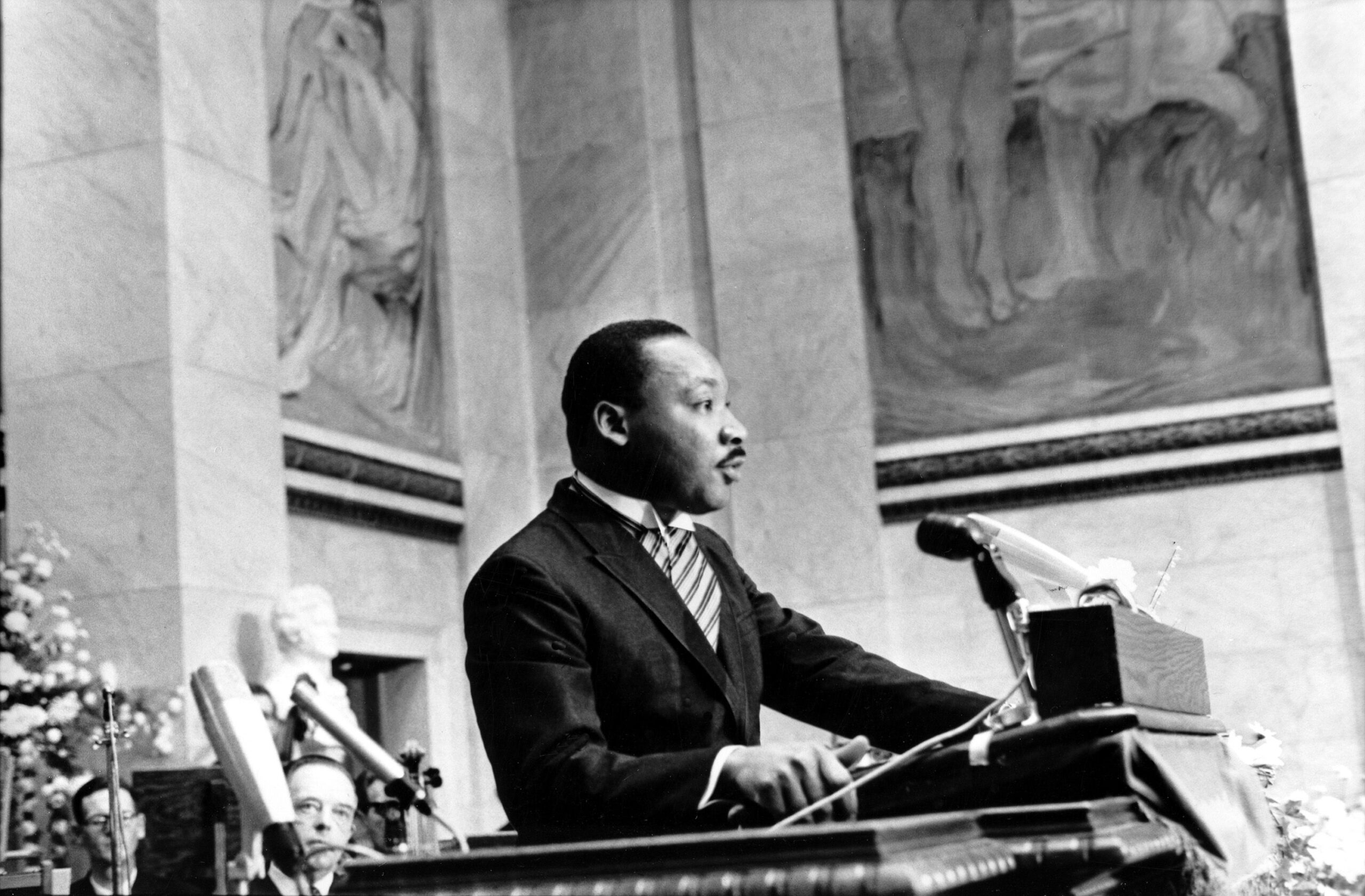
Upon graduating from high school at the age of 15, Martin Luther King Jr. enrolled in Morehouse College, where he would later graduate in 1948. After this, King continued his education at Crozer Theological Seminary, where he was introduced to the teachings of Mahatma Gandhi during a sermon by Dr. Mordecai Johnson, the president of Howard University at the time.
Gandhi’s philosophy of nonv*olent resistance deeply resonated with King and became a fundamental influence on his life and work. King believed that Gandhi was the first person to apply the love ethic of Jesus Christ as a powerful and effective social force on a large scale. King excelled at Crozer Theological Seminary, graduating as the Valedictorian of his class in 1951, and being elected Student Body President. He was also awarded a fellowship for graduate study and went on to earn his doctoral degree in Philosophy and Theology from Boston University, where he met and later married Coretta Scott.
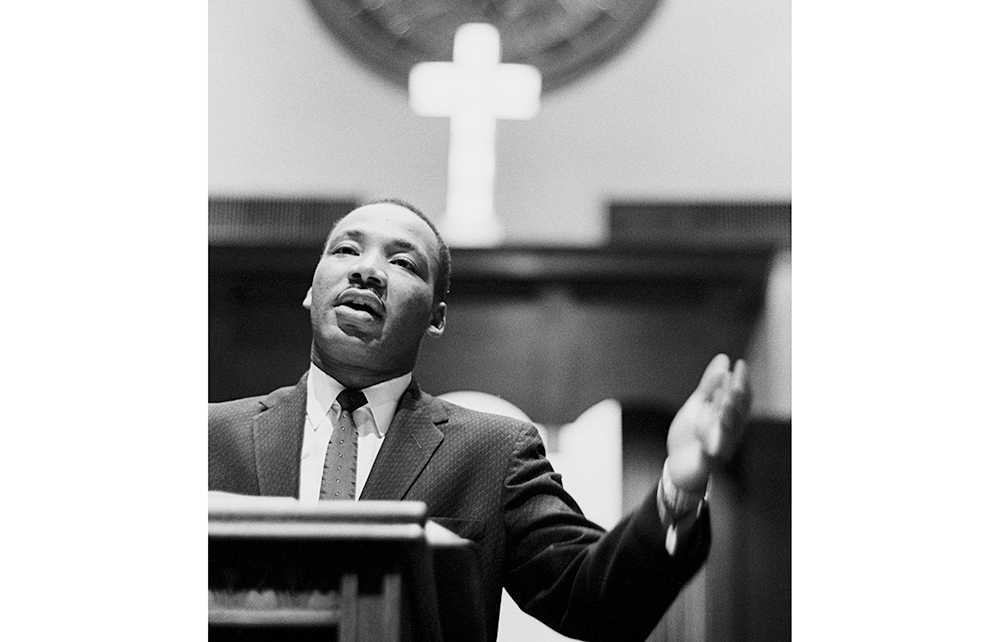
Martin Luther King’s meeting with Coretta Scott happened at Boston University, facilitated by a mutual friend, Mary Powell. Coretta, who was more of an activist and into music, caught King’s attention from their first meeting. Impressed by her, he decided to marry her after just an hour of meeting her. They eventually got married on June 18, 1953, and had four children – Martin Luther King III, Dexter Scott, Yolanda Denise, and Bernice Albertine.
On December 1, 1955, Rosa Parks, the secretary of the NAACP, refused to give up her seat to a white passenger on a Montgomery bus, sparking a bus boycott. At the time, the city was deeply segregated, and black people were restricted from certain parts of the bus, which were reserved for white people. The racially charged atmosphere in Montgomery was dominated by white supremacy, with the Ku Klux Klan exerting a strong influence on the daily lives of black people.
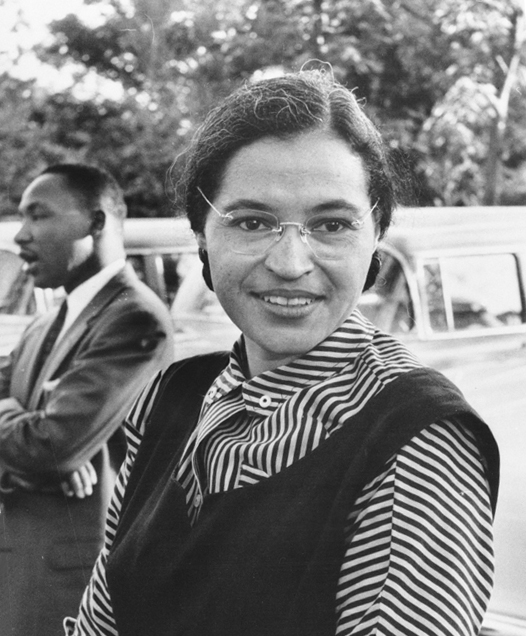
Cc: Wikipedia
Rosa Parks’ arrest and subsequent trial set for December 5 were the turning points for the black community in Montgomery. E.D. Nixon, Mary Fair Burks, and Jo Ann Robinson all played significant roles in organizing the bus boycott. Nixon, who was the state president of the NAACP and president of the Montgomery branch, approached King and the young minister of Montgomery’s First Baptist Church, Reverend Ralph Abernathy, to take action. The black community had been discussing a bus boycott for years, and many had already stopped boarding buses due to the humiliation they faced at the hands of white people.
King, Nixon, and Abernathy collaborated to gather support from ministers and civic leaders, resulting in a boycott scheduled for December 5, 1955, the same day as Rosa Parks’ trial. King feared the boycott would fail but was amazed to find that buses were empty of black passengers and only a few whites. King attended Rosa Parks’ trial, where she was found guilty and fined $14, and then a new organization called the Montgomery Improvement Association was established. King became its President and delivered a compelling speech, urging the black community to act in love, self-respect, and dignity.
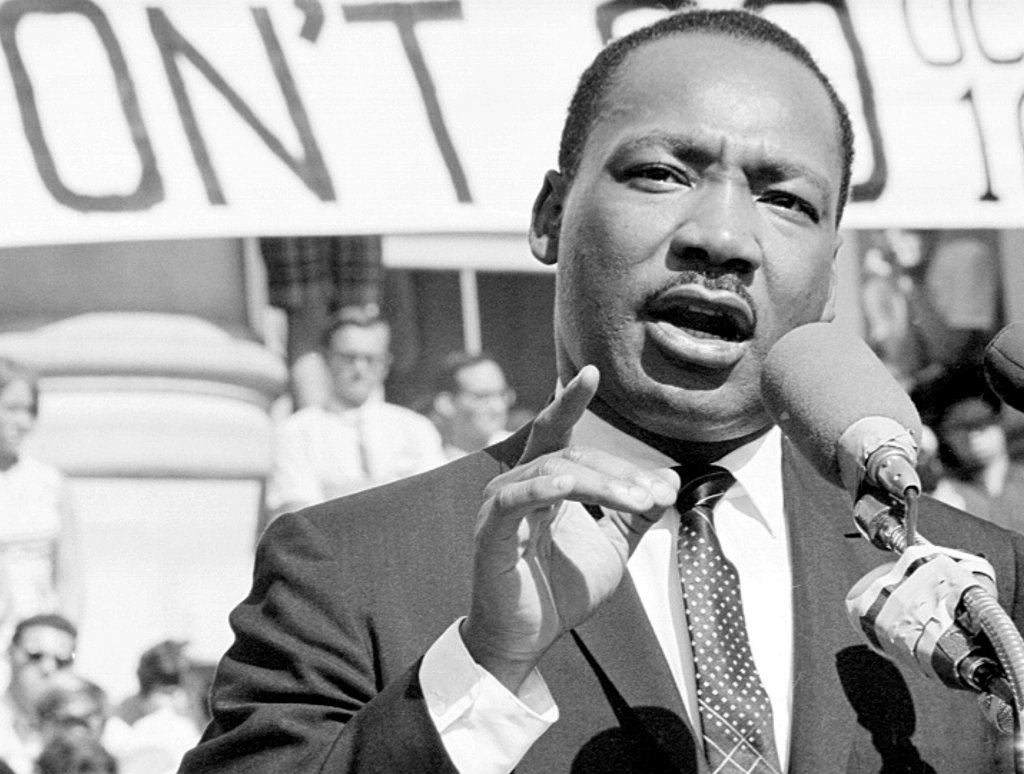
The boycott lasted nearly a year and culminated in the Supreme Court’s ruling on November 13, 1956, declaring state and local laws requiring bus segregation unconstitutional. This was a significant victory for King and the black community, and on December 20, 1956, the order finally reached Montgomery, officially ending segregation on buses. The movement to end segregation spread to other states, leading to the establishment of the Southern Leadership Conference by King and other southern activists, which later became known as the Southern Christian Leadership Conference.
After the successful boycott and establishment of the SCLC, the nonviolent resistance technique was employed by the black community in several other states, with students leading dignified sit-ins at lunch counters and organizing other demonstrations. The movement continued to grow, and even some white individuals began to participate.
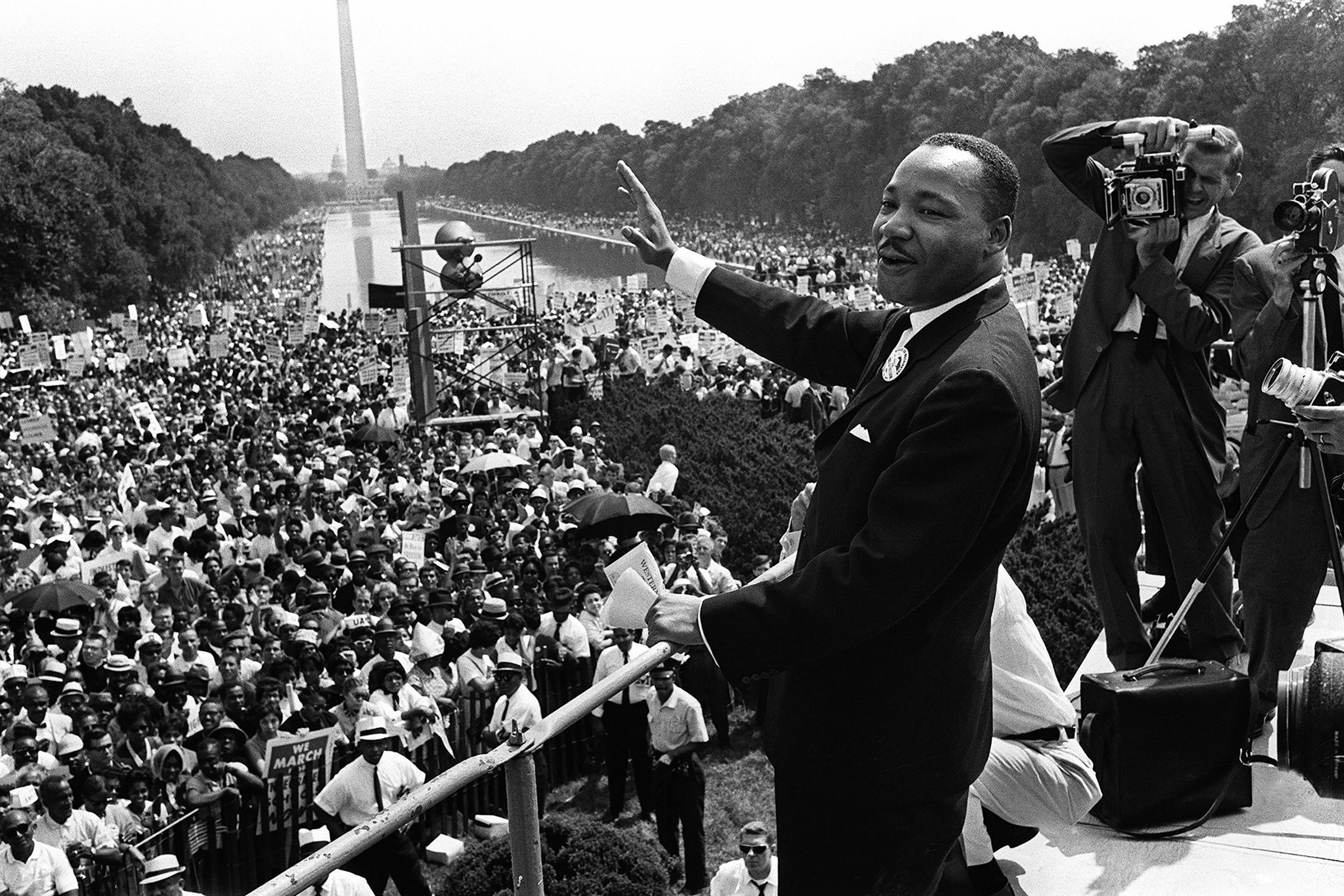
The struggle for black rights expanded into various areas, including the fight for jobs and freedom. Several local protests and movements were carried out, with the March on Washington being the most significant. On August 28, 1963, around 250,000 people, both black and white, marched to the state capital, where Martin Luther King Jr. delivered his iconic “I Have A Dream” speech.
King’s meeting with President J.F. Kennedy led to the proposal of the Civil Rights Act. After Kennedy’s assassination, Lyndon Johnson became President, and King met with him to push for the passing of the Civil Rights Act of 1964 and the Voting Rights Act of 1965.
King’s efforts were recognized when he was awarded the Nobel Peace Prize in 1964. He was selected by the Norwegian Parliament and received the award in Oslo, Norway, acknowledging the impact of his work beyond America’s borders.

At the age of 35, Martin Luther King Jr. became the youngest person to receive the Nobel Peace Prize and he selflessly donated the $54,000 prize money to support the civil rights movement. He envisioned a world where love and unity prevailed, where the color of one’s skin did not determine their rights and privileges. As the leader of the Southern Christian Leadership Conference, he advocated for nonviolence and believed in the power of love to combat hate and discrimination.
On the other hand, Malcolm X, a prominent African American leader, believed in self-defense and rejected Christianity, urging Black people not to participate in elections. However, after Malcolm’s pilgrimage to Mecca and a personal transformation, he and King worked together to educate the Black community on their civil and political rights.
Despite the progress made through nonviolent protests and advocacy, the toll of years of struggle and criticism began to weigh heavily on King. In 1968, he was assass*nated at the age of 39, which led to riots and violence across the country. James Earl Ray initially confessed to the m*rder, but later claimed there was a conspiracy involved. The truth behind King’s assassination remains unknown, and his legacy continues to inspire people to fight for equality and justice.
